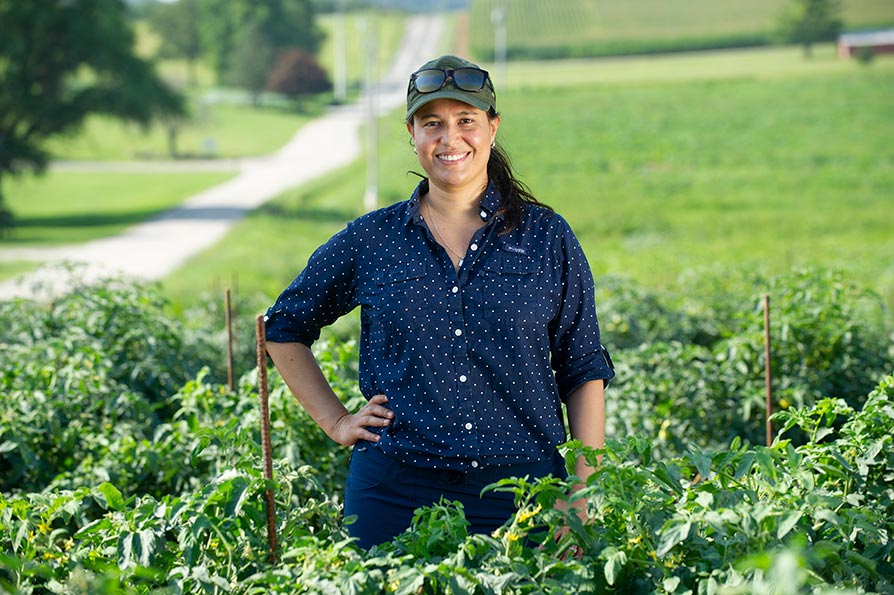One To Grow On: Site Prep Is Critical for Success in Apple Orchards
Growers on a panel speaking at the recent International Fruit Tree Association (IFTA) annual conference could not emphasize more strongly that orchard site preparation is absolutely necessary, especially because of shortages of both supplies and labor due to the pandemic.
Couple those shortages with the fact you only get one shot at planting that particular orchard, and it’s clear that planning for that orchard is more important than ever.
“This is the time to spend on labor,” Trevor Hardy, the 2021 American Fruit GrowerSM Apple Grower of the Year, told the audience. “Do it right the first time.”
Order Rootstocks: Make the orders at least three years prior to planting, then at least two years prior to planting choose the variety. The growers on the panel agreed. In addition to Hardy, who farms in New Hampshire, Marshall Saunders, a Virginia grower, and Andre Tougas of Massachusetts also were on the panel.
“With lots of new rootstocks on the market,” Tougas says, “it’s become more important to plan your combination right.” After the trees are squared away, begin ordering the necessary equipment (e.g., the irrigation and trellis systems), so you’re ready to plant.
Soil Preparation: Hardy says growers in the East have one problem not faced by growers in the West — rocks, lots of big rocks. Subsoiling the orchard ground, which many believe is good for soil strength anyway, is absolutely necessary in the East because of rocky ground.
Next, consider the soil composition. All three growers on the panel favor fumigating the ground, as well as planting cover crops, to improve the soil. Saunders combines the two, planting 10 pounds of mustard seed per acre for a biofumigant.
“Then we cut it and incorporate it into the soil,” he says. “It’s cheaper (than chemical fumigation)‚ and we really like the cost savings.”
Orchard Infrastructure: The last step before planting is setting up the orchard. Saunders says drainage is important where he farms, so he has found raised beds are necessary. “If they just sit in water,” he says, “they just eat us alive.”
Besides ensuring good drainage, the orchard should have everything amenable to mechanical harvesting, such as trellises and an irrigation system in place, including soil moisture sensors, Hardy says.
“You don’t always take the time to set up the equipment properly, but that is the key,” he says. “I’m not going to plant those trees unless I have all those supplies in place. It’s become more important to plan ahead.”









